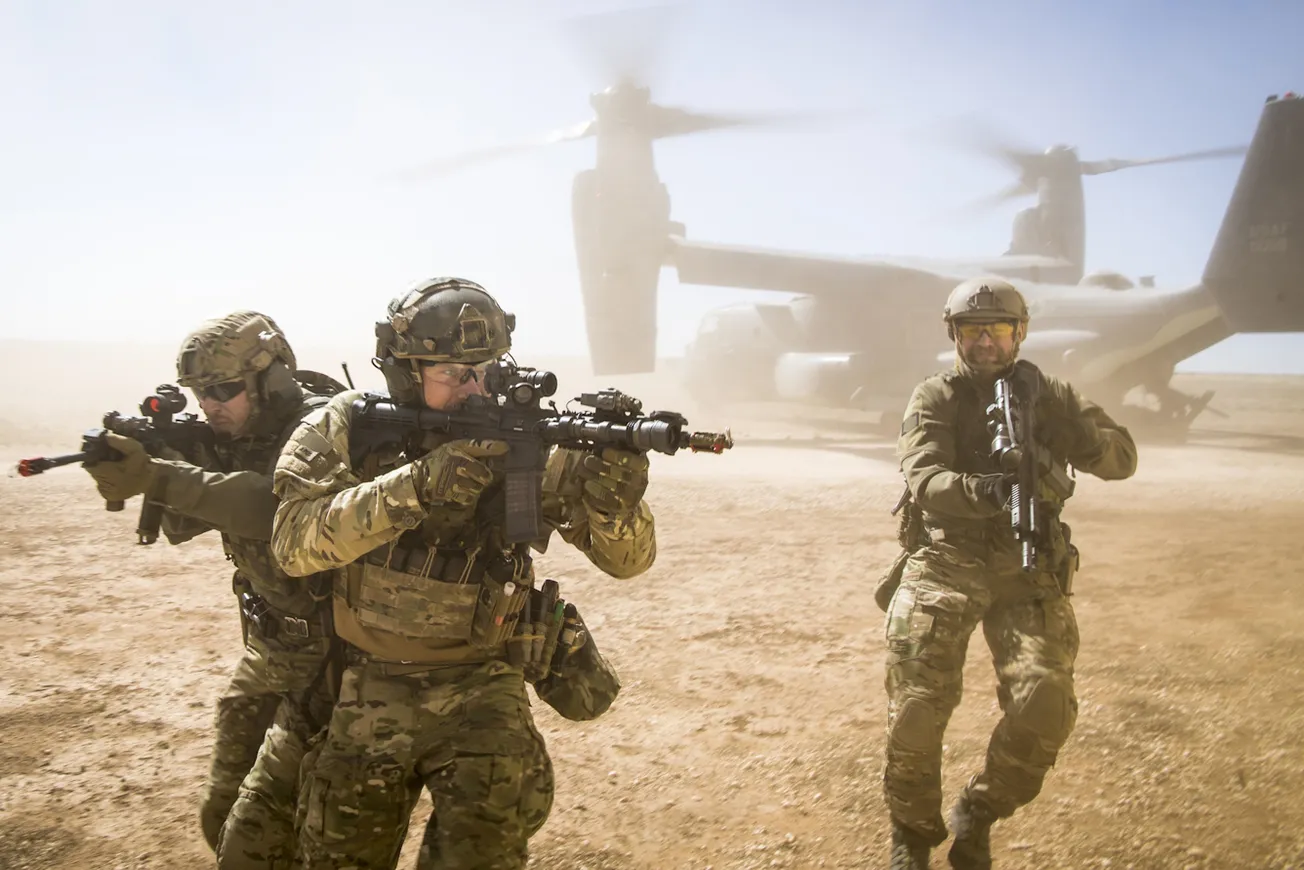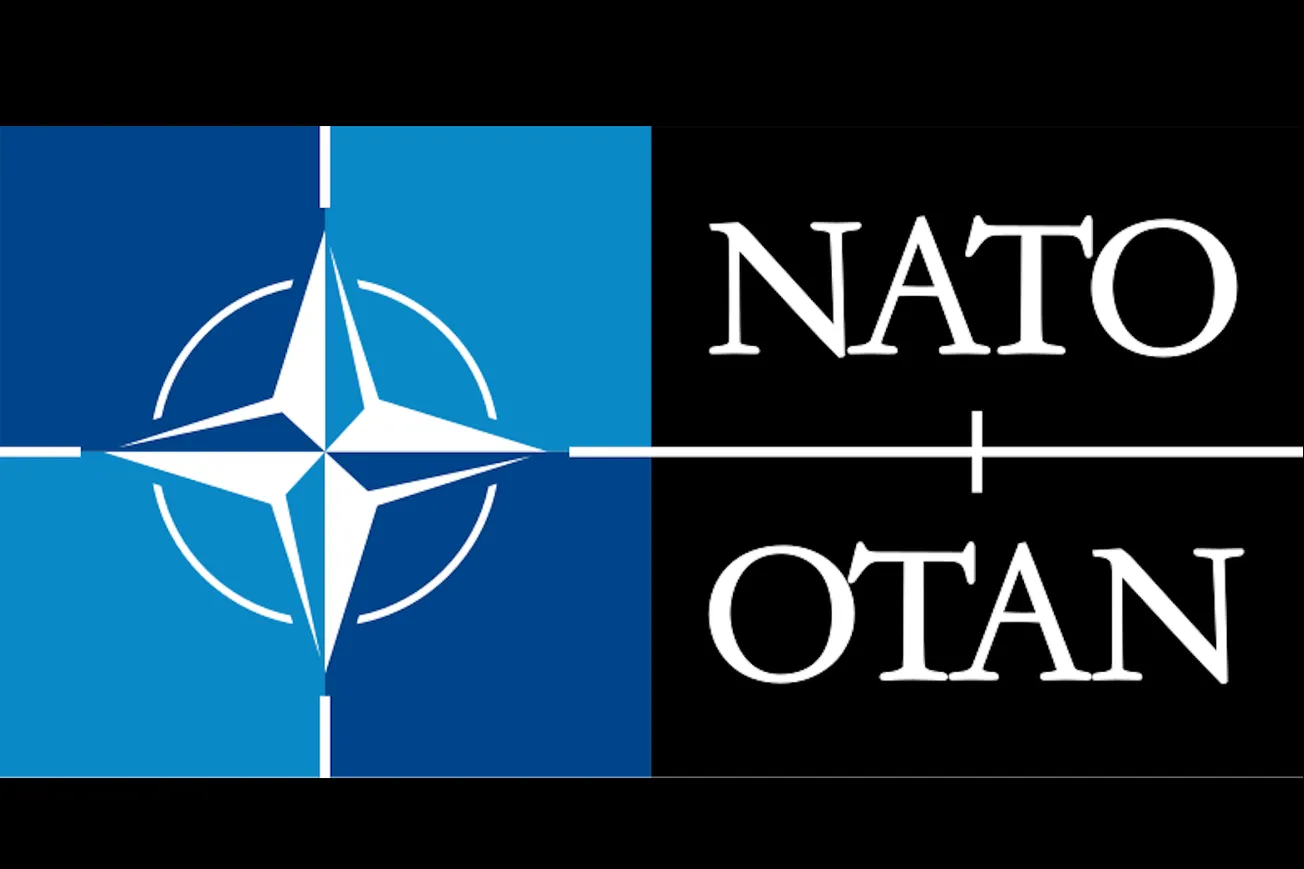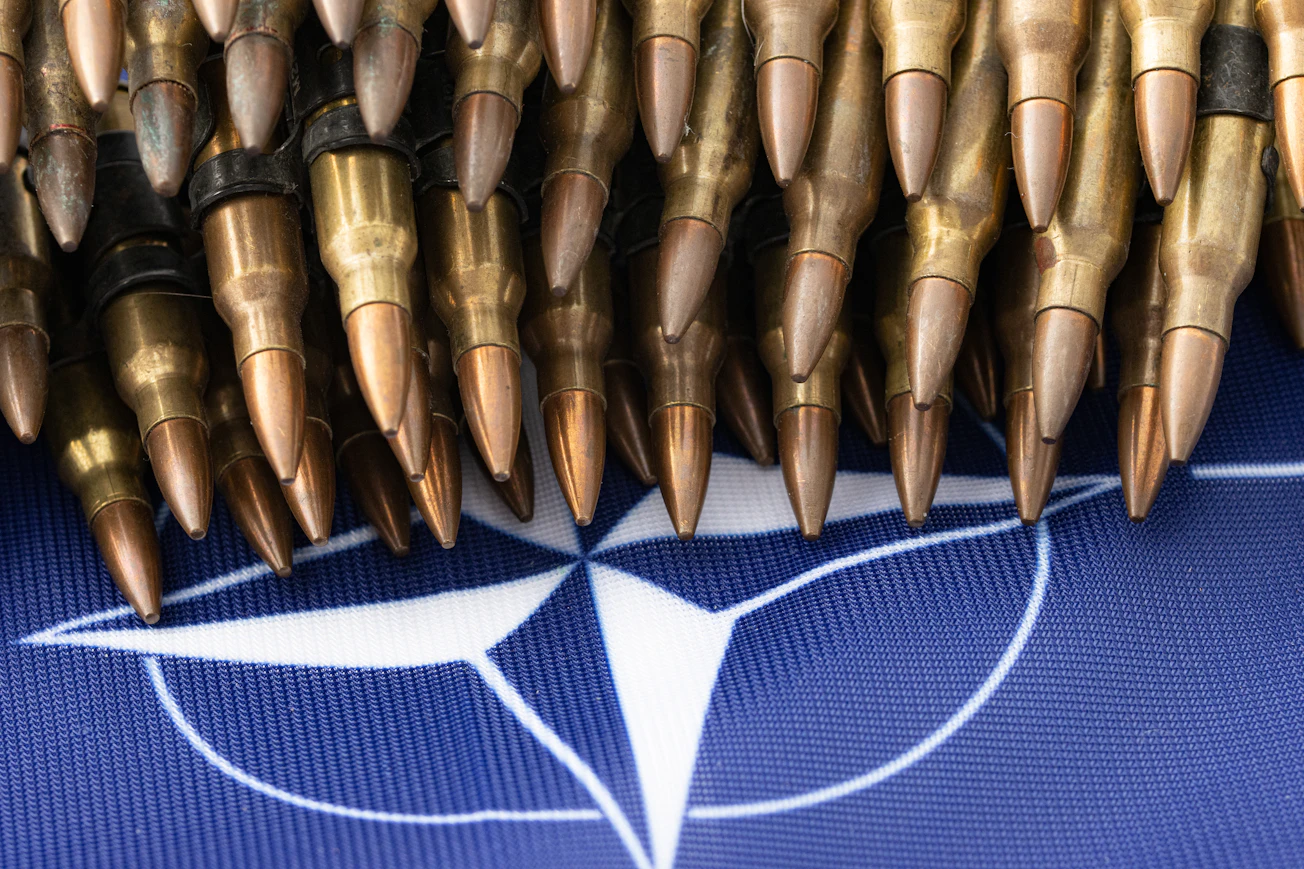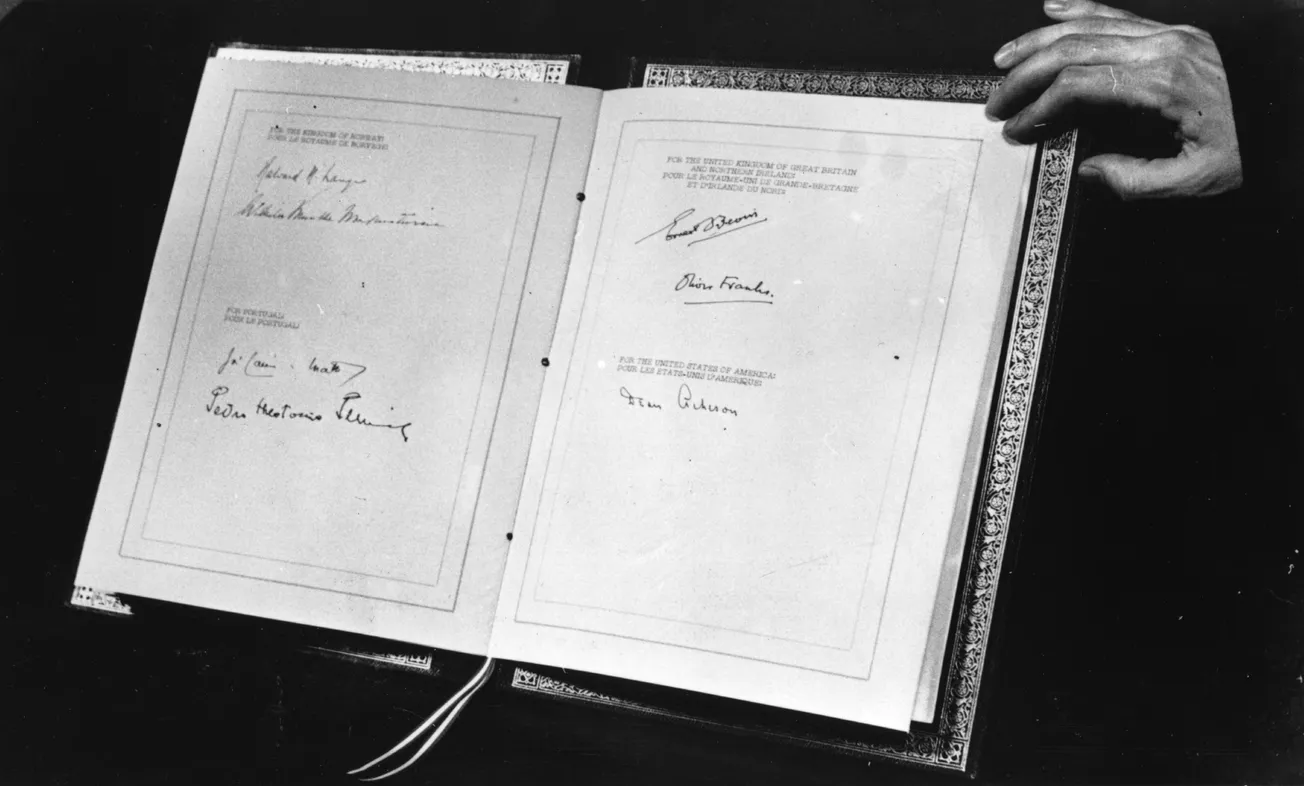- All branches of the U.S. military are struggling to meet recruitment goals
- Recruitment challenges include COVID-19 impacts, physical fitness standards, criminal records, and medication use
- A recent TIPP Poll shows strong opposition to reinstating the draft
- Americans are cautious about getting involved in conflicts due to previous experiences and financial concerns, making the draft an unpopular option
The nation is involved in a proxy war supporting Ukraine against Russia. The Israeli-Hamas conflict in the Middle East can potentially escalate; American aircraft carriers are already moving into position. China is constantly harassing its neighbors and waiting for the opportune moment to wrestle control of Taiwan. North Korea is continually rattling its saber.
In such a geopolitical climate, is the U.S. military adequately staffed to address the current geopolitical needs?
The six branches of the U.S. military are facing recruitment challenges. For example, the Army did not meet its recruitment goal of 65,000 for the fiscal year 2023, which ended on September 30. It successfully recruited only 55,000 soldiers. This marks the second consecutive year the Army has missed its recruiting goal. It fell short by 15,000 soldiers or 25% in 2022.
Military conscription, commonly known as the draft, has been employed in six major conflicts: the American Revolutionary War, the American Civil War, World War I, World War II, the Korean War, and the Vietnam War. The fourth implementation of the draft began in 1940 during peacetime through the Selective Training and Service Act. From 1940 to 1973, men were drafted to fill vacancies in the U.S. Armed Forces, whether in times of peace or conflict.

In 1973, conscription was discontinued as the U.S. transitioned to an all-volunteer military. Nevertheless, specific legal requirements remain in place. Male U.S. citizens between the ages of 18 and 25, as well as male immigrants residing in the U.S., regardless of their immigration status, are mandated to register with the Selective Service System, which maintains a database of potential draftees should a future draft be reinstated. Additionally, federal law includes provisions for the compulsory conscription of particular groups, encompassing both men and women, for service in specific circumstances.
This year marks the fiftieth anniversary of the all-volunteer military force, coinciding with a period of global uncertainty and recruitment challenges that have raised concerns among military leadership and in Congress.
Why is the military finding it difficult to recruit personnel?
First, the military competes with the civilian job market, often offering better pay and benefits.
Also, perceptions matter. The optics of Biden’s disorderly withdrawal from Afghanistan did not inspire confidence. Additionally, the extensive media coverage of "woke" issues within the military discourages potential recruits. Negative perceptions about military life and concerns about personal safety deter many young people from considering military service.
In a recent Gallup poll, only 60% of Americans expressed confidence in the U.S. military, its lowest level since 1997. Similarly, in the Reagan National Defense Survey, trust and confidence in the military stood at 70% in 2018, declined to 45% in 2021, and experienced a slight uptick to 48% in 2022.
Potential recruits often fail to meet the high recruitment standards for physical fitness. Along with increasing obesity rates, the COVID lockdowns exacerbated the issue by making youngsters less active. Many turned to drug use and also experienced mental health issues like anxiety and depression. Criminal records and the use of medications, including ADHD medications, can disqualify potential recruits.
Among the eligible, young people often lack awareness of the opportunities and benefits offered by the military, and parents' concerns about their children's safety also hinder recruitment efforts.
Additionally, the education culture often looks down on military service. Recruiters’ hands are tied with limited access to high schools and resistance from teachers' unions.
The U.S. Army War College's recent journal discusses reinstating the draft in the United States. It suggests that if the US were to enter a large-scale war, there might be a need for a draft, where young people are required to join the military. This idea comes from estimates that in such a war, the U.S. could face many casualties every day and would need many new soldiers to replace them.
Is reinstating the draft an option?
In a recent TIPP Poll completed in early October, one in two Americans (55%) oppose reinstating the military draft, with 30% opposing it strongly and another 25% opposing it somewhat. Only 31% support the idea, while 14% are not sure.
Breaking it down by age bracket, 51% of those in the 18-24 age group and 55% of the 25-44 group, which are prime potentials for recruitment, oppose the draft.
There was less enthusiasm among women, with 60% opposing the draft compared to 50% of men.
On this issue, there is consensus across the political spectrum. By party, 57% of Democrats, 57% of Republicans, and 55% of independents oppose the idea.
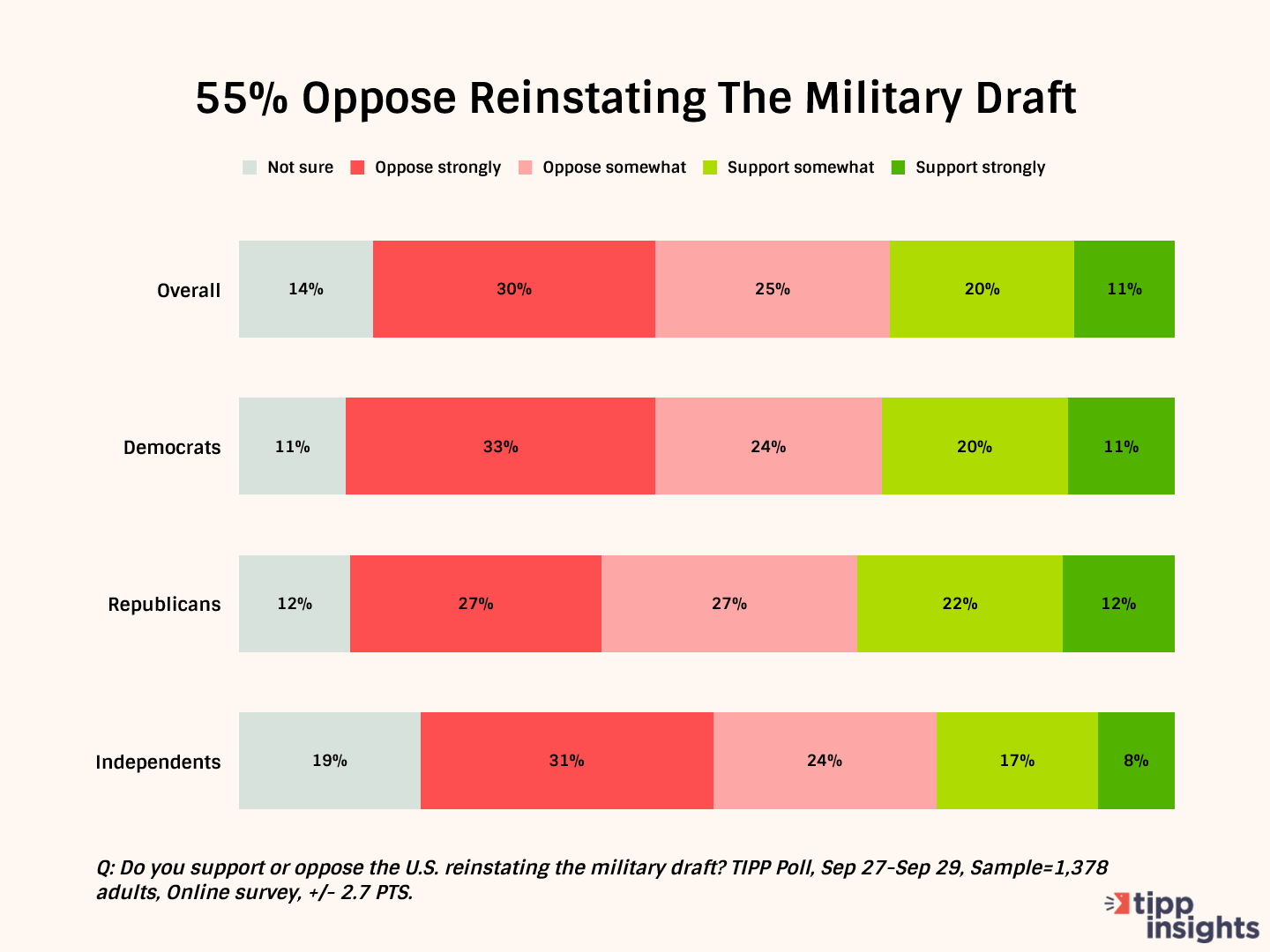
In short, there is no support for the draft.
Burdened by a $33 trillion debt, Americans are more cautious than ever about becoming embroiled in wars. The outcomes of previous U.S.-led conflicts in Iraq, Afghanistan, and Libya have left many disheartened. Americans will likely insist on a significant justification for future U.S. involvement in wars, hesitating to put their beloved sons, daughters, wives, and husbands in harm's way. Unless the perception of the military and the role of the U.S. on the global stage changes drastically, the idea of reinstating the military draft is a non-starter.
We could use your help. Support our independent journalism with your paid subscription to keep our mission going.

